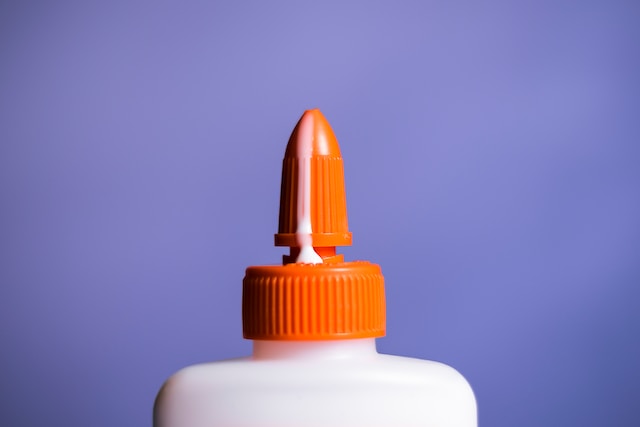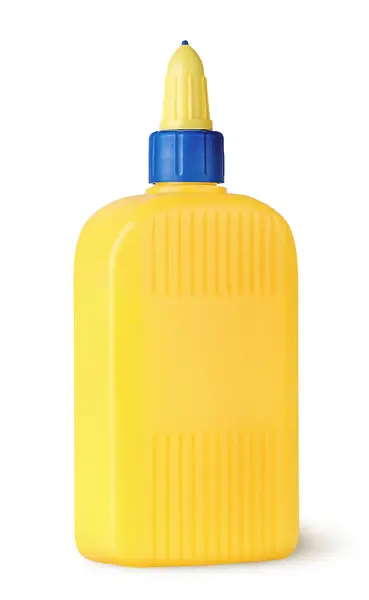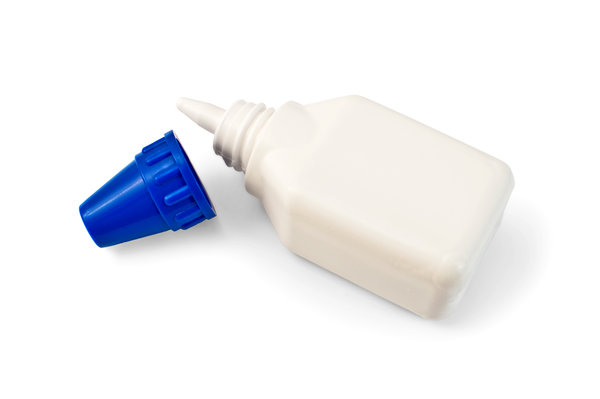Is glue eco-friendly? This is a question that many people have been asking lately. With the increased focus on going green, people are looking for ways to reduce their environmental impact.
Glue is not typically thought of as an environmentally friendly product, but there are some glues that are made from sustainable materials.
In this blog post, we will explore the topic of eco-friendly glue and discuss some of the options available to consumers.
What is Glue Made of?
The majority of glue is made from synthetic materials, such as plastics, petroleum, and resins. These materials are not biodegradable and can take years to break down in the environment.
In addition, they often contain harmful chemicals that can be toxic to plants and animals.

There are some glues that are made from natural materials, such as vegetable oils or plant-based resins.
These glues are more environmentally friendly because they are biodegradable and non-toxic. However, they tend to be less durable than synthetic glues.
Environmental Impact of Glue
While most glues are made from petroleum-based chemicals, there are some eco-friendly options available on the market. These glues are typically made from renewable resources like soybeans or cornstarch.
So, what is the environmental impact of glue?
The biggest factor is the production process. Petroleum-based glues require a lot of energy and water to produce. This can have a negative impact on air and water quality near the factory.
Eco-friendly glues, on the other hand, have a much lower production impact. Soybean-based glues, for example, emit zero volatile organic compounds (VOCs) into the air.
When it comes to disposing of glue, there is no clear consensus. Some people argue that traditional glues can be harmful to the environment when they biodegrade.
However, eco-friendly glues are made from natural materials and will break down safely in the environment.
Eco-Friendly Glue Options
There are a few eco-friendly glue options available on the market today.
One option is to use a hot glue gun with eco-friendly glue sticks.
Another option is to use a natural latex adhesive. This type of adhesive is made from tree sap and is non-toxic. It is also biodegradable and can be composted.

Yet another option is to use a water-based adhesive. This type of adhesive is also made from plant materials and is non-toxic. It can be used on a variety of surfaces, including wood, paper, metal, and plastic.
However, it is not as durable as some of the other adhesives options available.
All of these glues are available online or at your local craft store.
How to Make Glue More Eco-Friendly?
Most of us don’t think twice about using glue, whether it’s for a school project or simple home repairs. But what many of us don’t realize is that the traditional glue we use is actually quite harmful to the environment.

So what can we do to make our glued products more eco-friendly? Here are some tips on how to make your glue more environmentally friendly:
- Use a less toxic adhesive whenever possible. There are many types of non-toxic glues available, such as white glue, wood glue, and silicone sealant. There are now a number of companies that make green glues, such as those made from plant starches or recycled materials.
- Make your own adhesive from natural ingredients. For example, you can use flour and water to create a paste for sticking paper together or vinegar and baking soda to form a temporary adhesive.
- Recycle or dispose of your glue properly. Once you’ve used up all your glue, don’t just throw it away! Check to see if your local recycling center accepts adhesives or if there are any special disposal instructions listed on the adhesive’s packaging.
- Try to use less adhesive overall. Sometimes it’s possible to attach two objects without using any glue at all. When possible, try to use alternative methods of attaching items together, such as tying them with string or using Velcro.
Making these small changes can help reduce the environmental impact of our gluing habits and make us more mindful of the products we use every day. So next time you need some adhesive, try one of these tips and do your part for the planet!




